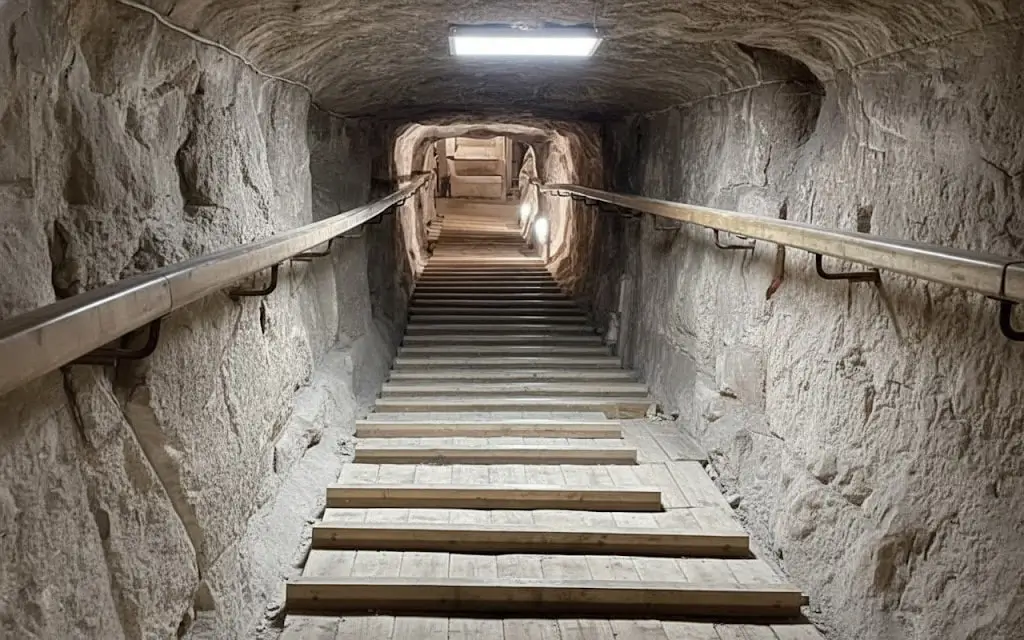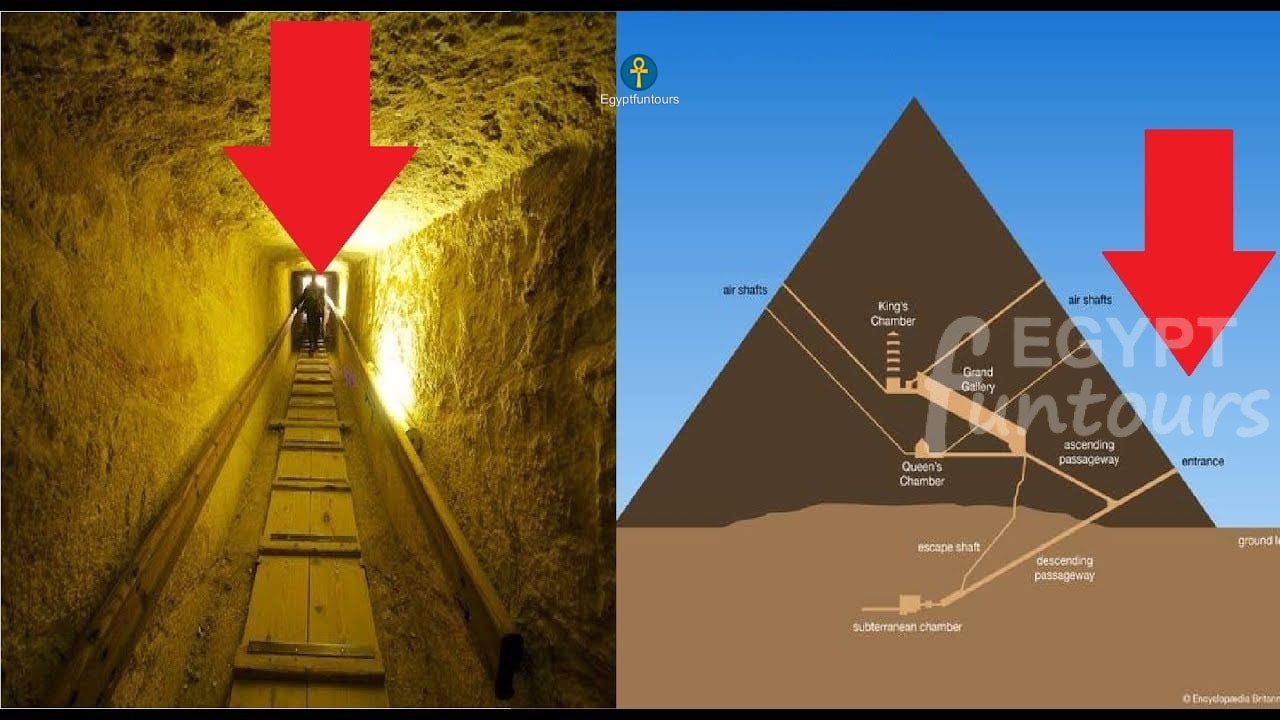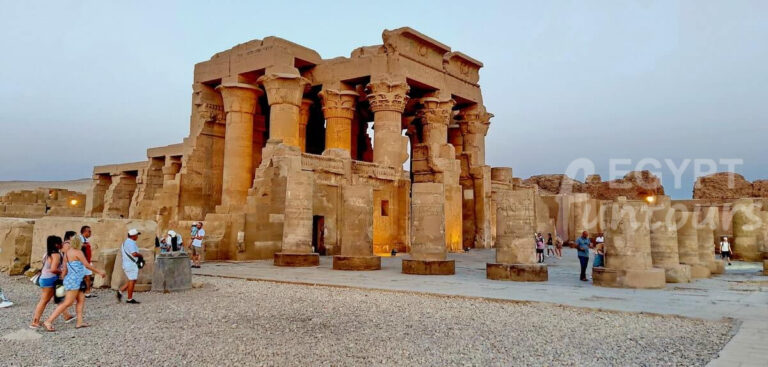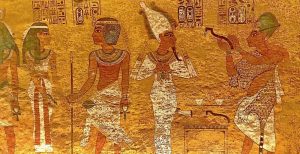The Great Pyramid of Giza is more than just a structure; it’s a testament to human ingenuity, a royal tomb, and the last surviving wonder of the ancient world. For over 4,500 years, it has stood as a silent sentinel on the Giza plateau, captivating historians, archaeologists, and travelers alike.
Consequently, this guide explores the history, mystery, and marvel of this extraordinary monument, also known as the Pyramid of Khufu.
Who Built the Great Pyramid and Why?
The Fourth Dynasty Egyptian pharaoh Khufu built the Great Pyramid. His workers constructed it over a 20 to 30-year period, likely concluding around 2560 BCE.
- The Pharaoh: Khufu (reigned c. 2589–2566 BCE) commissioned the pyramid as his eternal resting place—a monumental tomb to house his body and possessions for the afterlife.
- The Architect: Historians widely believe Hemiunu, Khufu’s vizier (chief minister), was the architect and engineer who oversaw this massive project.
- The Purpose: In ancient Egyptian belief, the pyramid served as a “resurrection machine.” Specifically, the architect designed it to protect the pharaoh’s mummified body and spirit (or ka), allowing him to ascend to the heavens and join the gods in the afterlife. Furthermore, many Egyptologists think its shape symbolizes the primordial mound from which the Egyptians believed life began or, alternatively, the descending rays of the sun god, Ra.



























